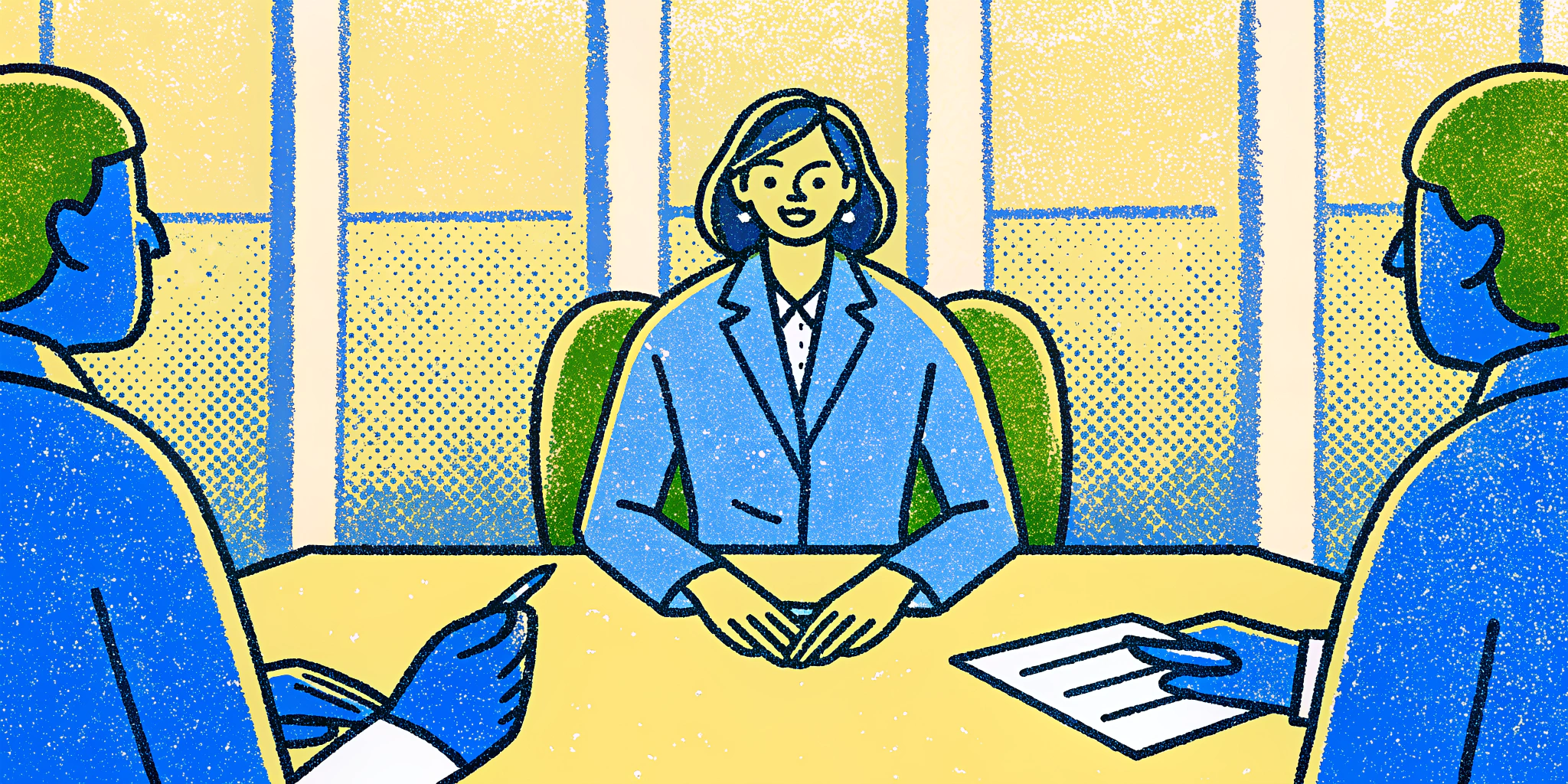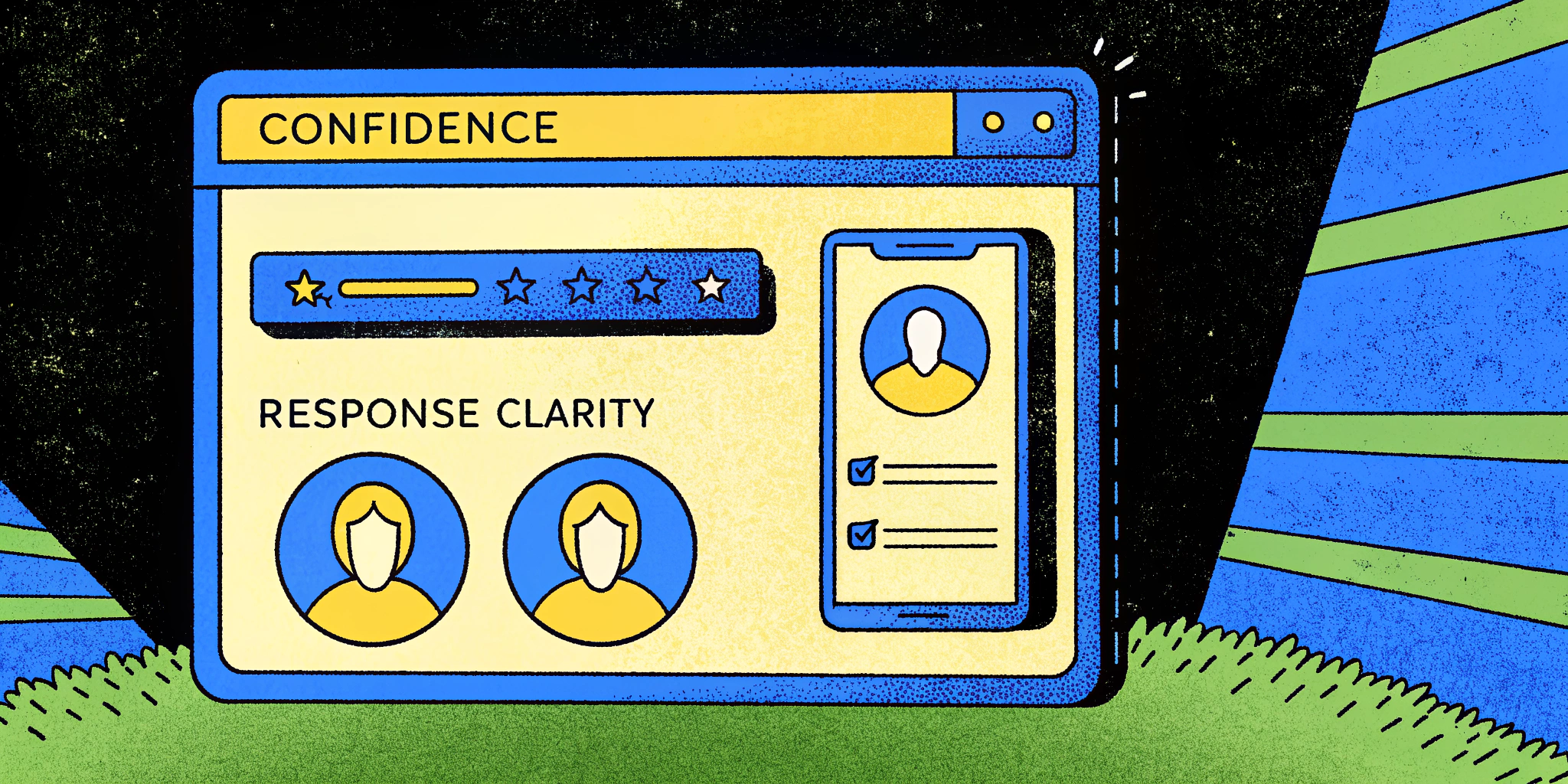Behavioral interviews can feel like a challenging hurdle, especially in companies like UKG (Ultimate Kronos Group), which emphasize pairing technical excellence with cultural and team alignment. These “soft skill” interviews often probe deeper into how candidates handle conflict, failure, leadership roles, and interpersonal dynamics. Today, we’ll walk you through actionable insights on acing the UKG behavioral round using real-life examples and methods practiced by professional product managers and engineers.
I’ll also share life-changing strategies and tools like Ninjafy AI—the AI interview copilot—which can boost your confidence during interviews by providing real-time feedback, personalized storytelling techniques, and behavioral coaching!
What Makes Behavioral Interviews Unique?
Behavioral interviews differ from traditional Q&A-style technical assessments or coding challenges because they focus on assessing how you react in real-life situations. At UKG, these interviews are designed to test three dimensions:
- Cultural alignment: Do your values align with UKG’s people-first philosophy?
- Problem-solving thought process: How do you uncover and resolve issues as they arise?
- Team fit: Can you build and maintain healthy workplace relationships under pressure?
Imagine being asked, “Tell me about a time when you disagreed with a supervisor.” Such questions require articulating more than just steps taken—they spotlight emotional intelligence, ownership, and resilience.
One of the most effective strategies? Having go-to stories prepared.
Key Behavioral Questions You Need to Prepare For
Let’s dive into some of the most common behavioral questions UKG asks and how to tackle them with composure and clarity.
| Behavioral Question | Skill Being Tested |
|---|---|
| Tell me about a time when you failed. | Resilience and accountability |
| Give me an example of when you assumed leadership for a team. | Leadership and collaboration |
| What is the most difficult workplace challenge you’ve resolved? | Problem-solving & resourcefulness |
| Tell me about a time when you disagreed with a coworker. | Conflict resolution and empathy |
💡 Example: “Tell me about a time you failed.”
Arya, a product manager at Stripe, shared her experience when she developed a monetization product at Groupon. Despite a successful launch, the longer-term user engagement faltered because she hadn’t articulated the user’s problem the product solved.
- The Failure: Struggled to maintain stakeholder trust after realizing the product needed to be sunsetted.
- What Worked: Arya detailed how she revisited stakeholder relationships by owning the failure and communicating empathetically. For example, addressing concerns shared by engineers about “wasted time” by improving subsequent sprints with thorough requirements and alignment.
Takeaway: Show humility where appropriate and always end your story with two key things—learnings and how those learnings changed your approach in subsequent projects.
How to Structure Responses Using STAR
If you’re overwhelmed about how to organize your thoughts during a behavioral interview, you’re not alone. Here’s where the STAR method shines:
- Situation: What’s the context of your story?
- Task: What was your role or key responsibility here?
- Action: What did you do specifically?
- Result: What was the ultimate impact?
For instance, if asked:
“Describe a difficult/challenging workplace situation you solved.”
Arya recalled a case at Twitter where delayed advertising feature results upset internal sales teams due to conflicting deadlines. Using STAR:
- Situation: Sales reps were facing customer pressure due to the lack of an important feature, but Arya didn’t want to launch prematurely.
- Task: She was the intermediary balancing product development pace and client expectations.
- Action: Set up consistent weekly updates, explained metrics clearly, and gained extra resources by co-crafting an “ask” with sales leaders.
- Result: Stakeholders understood the value of delay, and the team later successfully launched the product while improving internal relations.
Takeaway: Be meticulous in showing your thought process. Each detail builds the interviewer’s confidence that you have sophisticated problem-solving skills.
The Secrets to Conveying Leadership Skills Confidently
Leadership might mean leading an engineering team—or convincing skeptical colleagues to rally behind a vision. Story Example:
“While working on a consumer retention campaign at Groupon, I discovered our initial feature roadmap didn’t align with expected user behavior. I facilitated multiple brainstorming sessions, where cross-functional concerns were addressed (e.g., click-to-redeem eco-features vs. old cashback models).”
Quick Tips to Showcase Leadership:
- Be illustrative: Mention specific metrics like “boosted retention by 12%.”
- Clarify communication: Leadership often equals transparent stakeholder alignment.
- Empathize: Turn tense moments (e.g., cross-team delays) into collaboration highlights.
Building Resilience After the HR or Technical Rejection
Let’s get raw: The hiring process can be a grind. For every job offer Arya received (e.g., TikTok, Stripe, Upside), she experienced many rejections at earlier interview stages. Here’s how she rebounded:
👊 Mindset Reset: Every failed technical round or HR round rejection was treated as feedback to tweak her storytelling style.
📑 Document Lessons: She maintained a private “work diary.” When dealing with behavioral rejection, Arya brainstormed alternative resolutions to the same challenges.
Why Preparation Tools Like Ninjafy AI Matter:
For people like Arya or aspiring engineers, integrating smart tools can transform how you present yourself. For instance:
- Using Ninjafy’s Personal Model, simulate tough UKG-like scenarios with AI-trained responses aligned with your field (e.g., finance or SaaS).
- InvisibleEyetrack™ ensures backup while maintaining confident eye contact.
Imagine hearing: “This mock feels like doing a real UKG round.” That’s the power of preparation. Try it here.
Preparing for Success with Tools Like Ninjafy AI
If you’re preparing for companies in competitive environments like UKG’s HackerRank platform or managerial reviews, behavioral nuances can make all the difference. Ninjafy AI has a 441K-plus offers secured history.
Why You Need Interview Copilots:
- Real-time metrics: Know exactly when your behavioral story lacks clarity during mocks.
- Behavioral Story Suggestions: Adjust frameworks like STAR before HR oversight occurs.
- Empathy Training: UKG emphasizes psychological safety in conflicts. Ninjafy trains candidates to blend technical explanations with emotional relevance.
Conclusion: Turning “Behavioral Questions” into Storytelling Opportunities
Behavioral interviews may feel unpredictable, but they can also be your superpower if approached as interactive storytelling. Revisit learnings from every lost opportunity and continually refine key messaging (like highlighting empathy).
Need actionable boosts? Learn how Ninjafy AI bridges preparation vs. practice gaps with confidence that’ll skyrocket your results. Stay persistent—your dream role is closer than you think!




